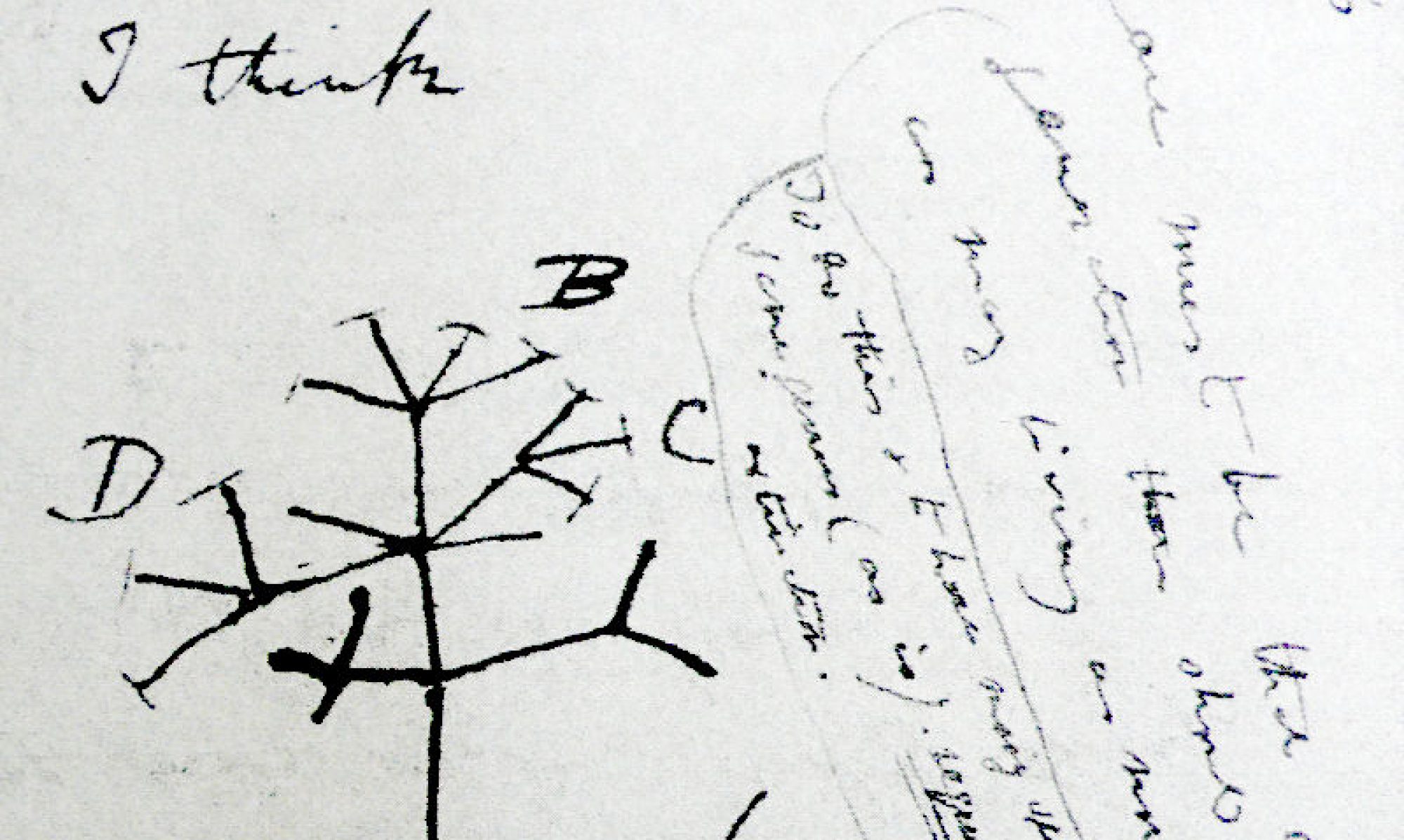By: Elizabeth Parkinson, Madison Barrett, Nathanaelle Brignol, and Robert Branco
(Stonehill College, BIO323: Evolution, Spring 2023)
Overview
Hibernation, or winter dormancy, is a well-known biological process. It is well represented in different forms of media and cultural traditions, such as children’s books and Groundhog Day. However, aestivation, or summer dormancy, is a lesser-known biological process. Similar to hibernation, organisms that undergo aestivation experience a state of decreased physiological activity over a prolonged period. It is considered by many scientists to be a strategy for surviving hot and dry seasons when water is hard to come by, and it is carried out by many species of reptiles and amphibians, among other classes of animals. A research article titled, “How Aestivation Evolved in Turtles: A Macroevolutionary and Morphological Approach,” explores how this trait evolved in many different species of turtless. It also studies the link between the length of aestivation undergone by a turtle and the structure of that turtle’s shell. They found that rather than occurring in a single ancestral species to all turtles, aestivation independently evolved in two different turtle clades. They also found that shell structure is related to aestivation time in varying ways across different families of turtles. This result indicates that a turtle’s environment may also influence their aestivation time. To learn more about aestivation in turtles, read more below, or listen to our podcast above!
